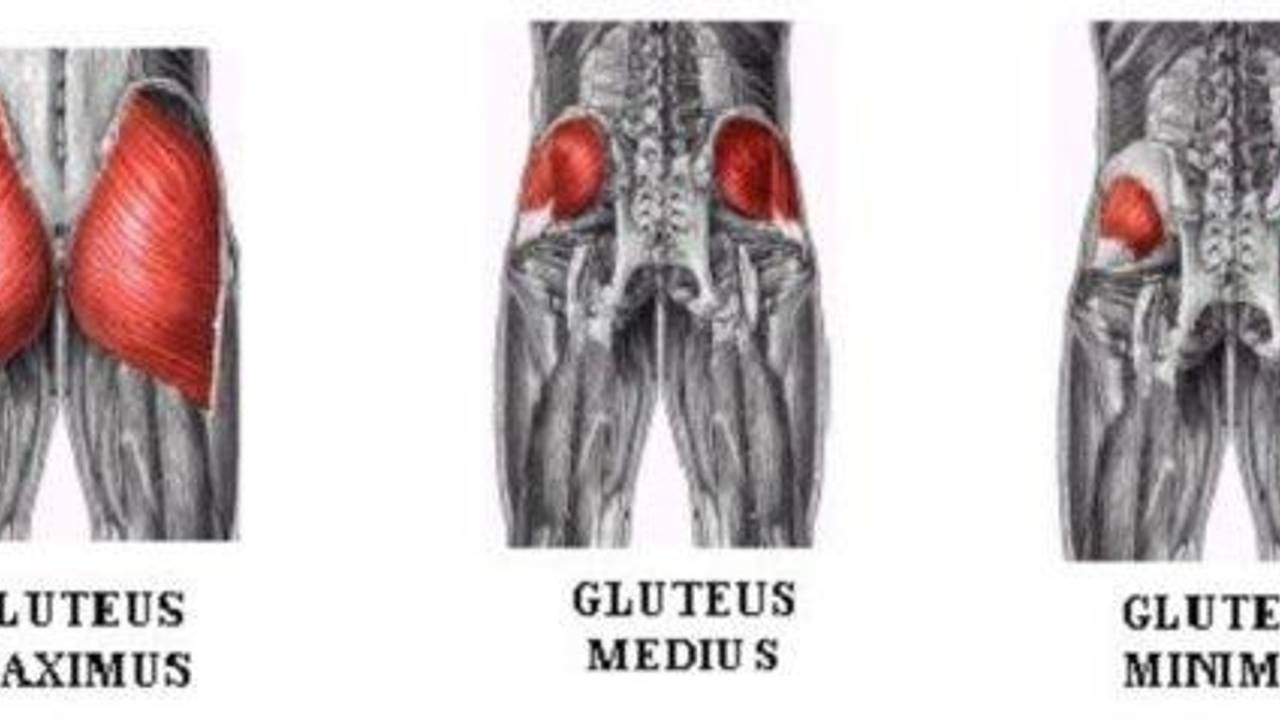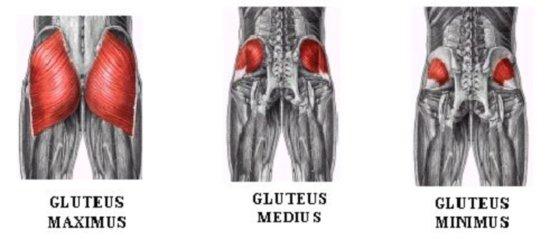
Glute Training for MMA: 5 Exercises to Develop More Stability, Strength and Power with Your Hips
By Naveed Shan
The glutes are an incredibly powerful group of muscles, yet they’re often neglected in standard strength training programs. MMA is a highly versatile sport, and the glutes are heavily activated in most important actions in an MMA. The Glute Training for MMAcontract forcefully when standing up and striking, during take downs and throws, and even with escapes and submissions. As you can see, it is advantageous for a fighter to possess strong, powerful, and well-conditioned glutes.
 Why should you worry about your glutes?
Why should you worry about your glutes?
The gluteus maximus produces four distinct actions: hip extension, hip external rotation, hip abduction, and posterior pelvic tilt. This makes it highly specialized to produce, absorb, and transfer force in all three planes of movement. The gluteus maximus is also the largest muscle in the human body and has the potential to produce the greatest force in both hip extension in the sagittal plane as well as rotational force through the transverse plane. While MMA hasn’t been extensively researched compared to other competitive sports, other rotational sports can offer some insight on athletic development for fighters. Studies analyzing the golf swing and the baseball pitch both find the gluteal musculature to be highly active in stabilizing the pelvis and rotating the hips in order to prevent injury and maximize the transfer of force into the upper extremities.

Why not just squat and deadlift?
Squats and deadlifts are fantastic exercises that should be utilized by athletes to increase their strength and power. While many athletes that have no problems developing and strengthening their glutes through squats and deadlifts, others are not as fortunate and need to focus on other movements that are well tolerated by their bodies. In this case, single leg exercises are of great value. The squat and the deadlift also do not generate nearly the same amount of horizontal force production compared to a hip thrust or a kettlebell. Furthermore, the gluteal musculature can be inhibited due to inactivity, pain, or dysfunction which is why glute-focused movements may be necessary. The following exercises comprehensively strengthen the Glute Training for MMA in all three planes and utilize the Glute Training for MMA as the prime movers for hip extension, abduction, and rotation.
Warm Ups for Glutes
X Band Walk: This is a fairly low demanding yet effective exercise targeting the hip abductors, primarily the glute medius, and also the upper region of the gluteus maximus. These muscles are often neglected despite being important in stabilizing the hips during lateral movements and when standing on one leg.
Hip Abduction Bridge: This is another low demanding exercise that targets both the hip extensors and hip abductors. This is particularly helpful as the gluteus maximus contracts to hold the top position as the gluteus medius abducts the hip.
Main Exercises for Glutes
Hip Thrust: the king of all glute exercises; the hip thrust is a great addition for athletes. You can load it easily and it is not as physical taxing compared to the deadlift. Many top MMA fighters utilize this exercise in their programming with great results. This exercise is especially useful for MMA due to its similarity in supine positioning while on the ground. When performing the exercise, it’s vital to use a manageable weight that allows for complete hip extension and contraction of the glutes.
The Kettlebell swing: when performed correctly, the kettlebell swing is a phenomenal exercise for hip extension strength and power. This variation is often referred to as a “Russian style” Kettlebell swing where the emphasis is on the powerful hip extension and contraction of the glutes. This type of swing produces greater horizontal force compared to swing variations that mimic squatting styles.
Hip Chopper: This is a novel exercise that Certified Strength & Conditioning Specialist Bret “The Glute Guy” Contreras taught me. While it may look similar to a traditional woodchopper whereby the oblique muscles are primarily targeted, this utilizes the glutes through hip external rotation to move the band across the body. When a fighter throws a strike, much of the power comes from the ground up, with the glutes powerfully contracting via a combination of hip extension and hip external rotation. Standing in a slightly wider than shoulder width position, hold the band at a distance and rotate through the torso as you contract the glute.
Whether you’re a seasoned fighter looking to introduce strength training into your training or an athlete new to the sport, strength development is vital. During striking, clinch work, or working on the ground; the glutes are vital for powerful and explosive movements. Add these to your current routine and you’ll undoubtedly see progressions in strength development.
Special thank you to Bret Contreras for assistance with this article and Revolution Training Systems.
Plummer, H. (2014). The relationship between gluteal muscle activation and throwing kinematics in baseball and softball catchers. Journal of Strength and Conditioning Research, 28(1), 85-96.
S, C. (2012). An analysis of peak pelvis rotation speed, gluteus maximus and medius strength in high versus low handicap golfers during the golf swing. International Journal of Sports Physical Therapy, 7(3), 188-195.
Contreras, B. (2012, September 18). Are Heavy Kettlebell Swings Better Than Deadlifts? Retrieved July 16, 2015.




